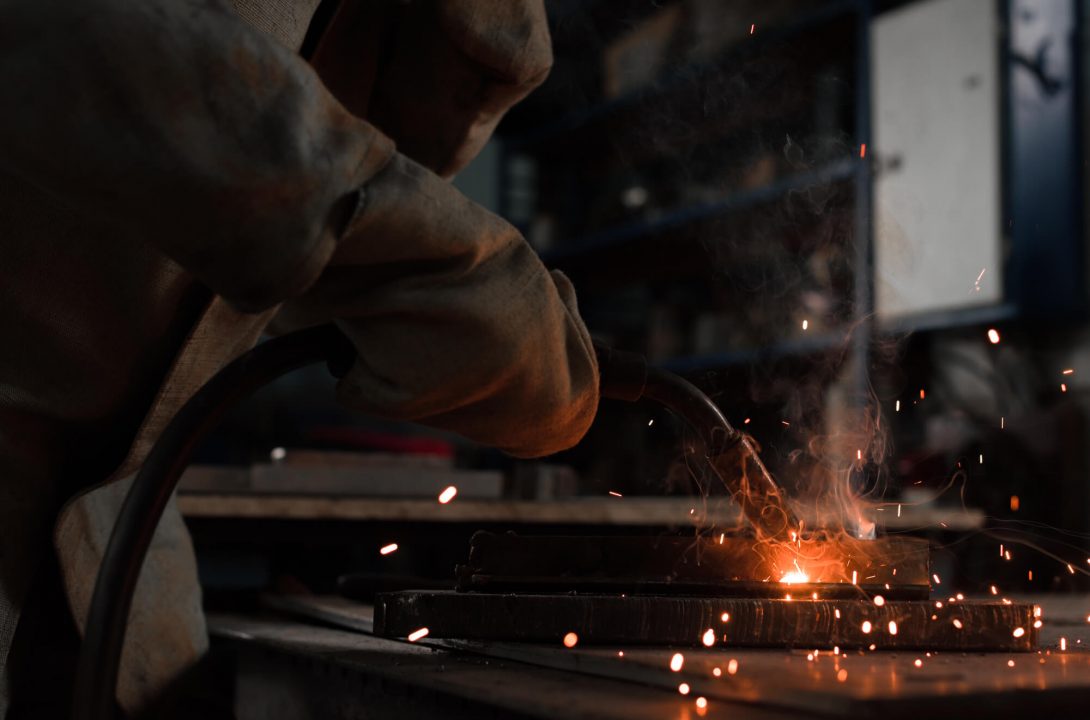
Present in both household items and engineering products For industry (mechanical, civil, food, etc.), steel can currently be considered a fundamental element for society. In this sense, it is worth highlighting that steel's significant strength is one of its main properties, largely responsible for enabling its use in various segments.
Because it is used for different purposes, there are obviously different types of this material, which have their mechanical characteristics (resistance, hardness, ductility, among others) adjusted according to the demands of each task.
Therefore, taking resistance as an example, it's worth highlighting some parameters related to this property. Continue reading to learn more!
Steel is a metal alloy composed of iron and a combination of other alloying chemical elements (carbon, nickel, molybdenum, chromium, etc.). Therefore, its properties can be altered according to the modification of the concentration of each of these alloy components.
For example, the addition of carbon (mainly), molybdenum and silicon to steel is directly associated with the increase in its mechanical resistance, that is, it improves the performance of the steel, mainly through efforts that require traction and compression.
However, a balance analysis must be carried out, since it is possible, after the addition of these binders, to achieve a steel with high mechanical strength, but — at the same time — fragile, as it will have low ductility and consequently little tolerance to impacts.
Steel with good mechanical strength is essential for operations requiring operation in extreme temperatures, high pressures, and traction environments, for example. In other words, imagine the cylinder of a locomotive engine; it's impossible to manufacture such equipment with a material that lacks excellent mechanical strength, as it's a part designed to require as little maintenance as possible.
In this way, a steel Good strength ensures the efficiency and functionality of a component even in extreme conditions (combustion chambers, for example). Another advantage is the low maintenance requirements, as high-strength steel also provides good durability to the parts.
A strong steel also performs well in:
Joining parts through a welding process requires a material that can withstand intense temperatures without compromising its mechanical properties. This is a characteristic of resistant steel: it offers good weldability.
There are pieces of equipment that need to go through several processes to be manufactured. plastic deformation processes (rolling, forging, stamping, etc.), and in this sense the resistance of steel is also a positive point, as it allows it to overcome these manufacturing operations without rupture.
Metal corrosion is a natural process caused by the undue exposure of steel to the environment. However, this process can be delayed, especially by alloying elements that give the steel its strength. steel good oxidation resistance (chromium and nickel).
Therefore, it's easy to see how steel's strength parameters help enable its widespread application in industry. This is why this material is widely used worldwide, also impacting important financial issues.
Did you find the content interesting? Then subscribe to our newsletter and get access to more information about steel in general.